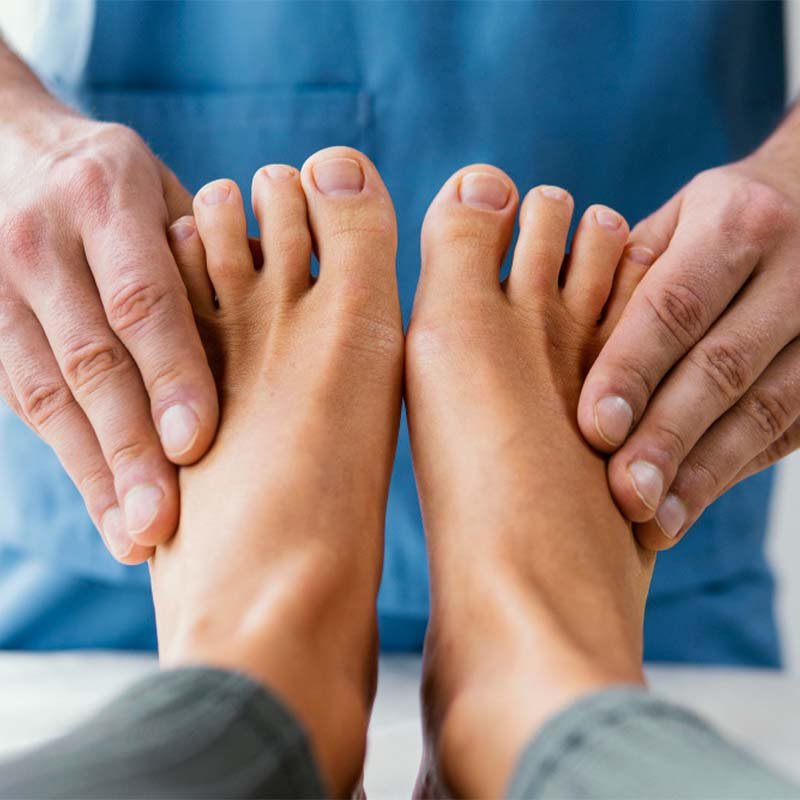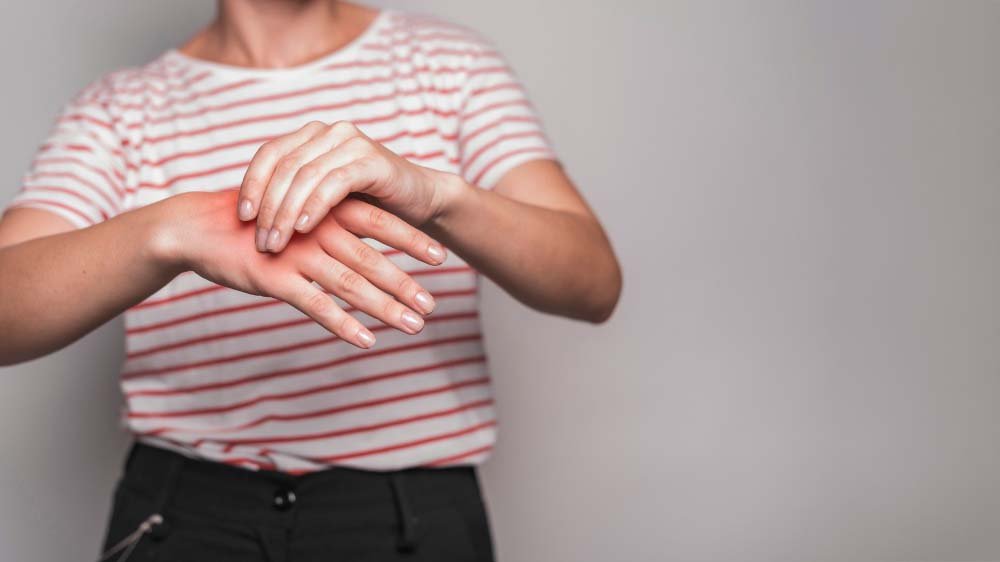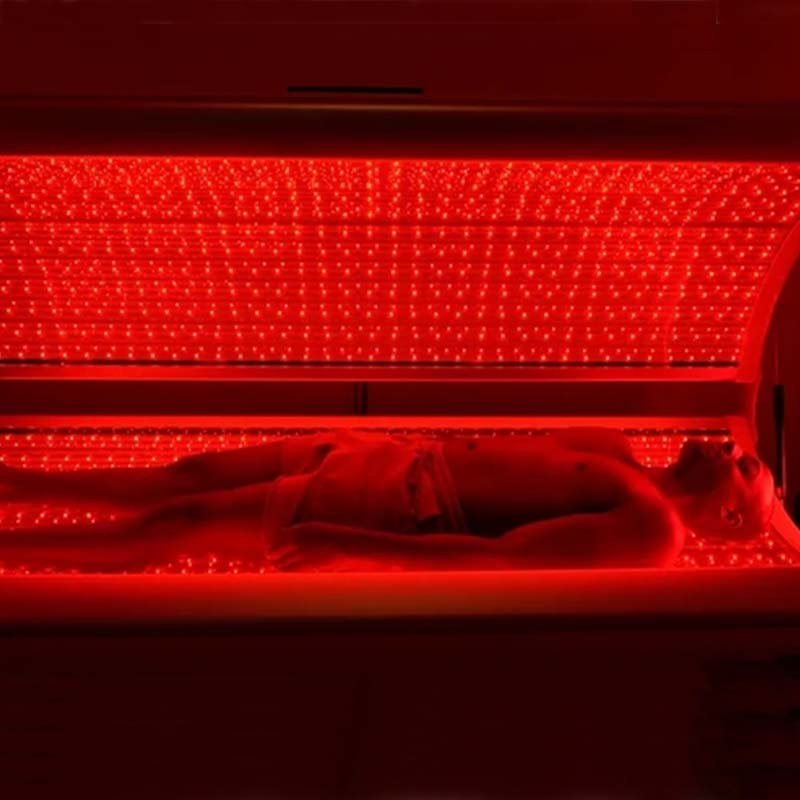Neuropathy
Ultimate Light provides a non-invasive, drug-free solution harnessing targeted red and near-infrared light. These specialized wavelengths are widely recognized for supporting cellular activity, enhancing circulation, and promoting overall wellness. Many individuals incorporate this therapy into their neuropathy management routines, as Ultimate Light is designed to complement neuropathy care while fostering holistic well-being.

Explore Neuropathy Research by Clicking Here

Causes
Sixty to seventy percent of people with diabetes suffer from neuropathy. This is because high blood sugar damages the fragile blood vessels that supply nutrients to the nerves. As a result of the lack of nutrition, nerve injury problems persist, causing pain and numbness.
How Does It Work
The revolutionary aspect of Red Light is that it activates the body’s own tissues at the molecular level. The light passes through the skin and is absorbed by the mitochondria of the cells. This re-energizes the mitochondria and hastens the healing of the nerves and tissues. This is achieved in part by increasing the oxygenation of injured cells.
Red Light Therapy focuses on improving the function of the mitochondria, which are the organelles inside the cell that take in nutrients and convert them into energy. This improves the cell’s performance. As a result, healing and circulation are improved, and symptoms are significantly reduced.

Helping Peripheral Neuropathy with Light Therapy
Over three million cases of peripheral neuropathy are expected to be diagnosed each year, and the number is growing. In these patients, nerve damage and tingling, as well as sharp, throbbing, or burning pain, are symptoms of neuropathic pain and disability. This disease has the potential to cause foot ulcers, gait disturbances, and even amputation.
The suffering of diabetic neuropathy patients has a negative impact on their quality of life. This can cause problems walking and sleeping, as well as a decrease in social contact.
Many of the most serious diseases where Red Light Therapy could be used are Diabetes, Neuropathy, Knee Problems, Blisters, Heel Spurs, Fungal Nail Infections, Achilles Tendon Injuries, Sprained Ankles, and Calf Injuries.

